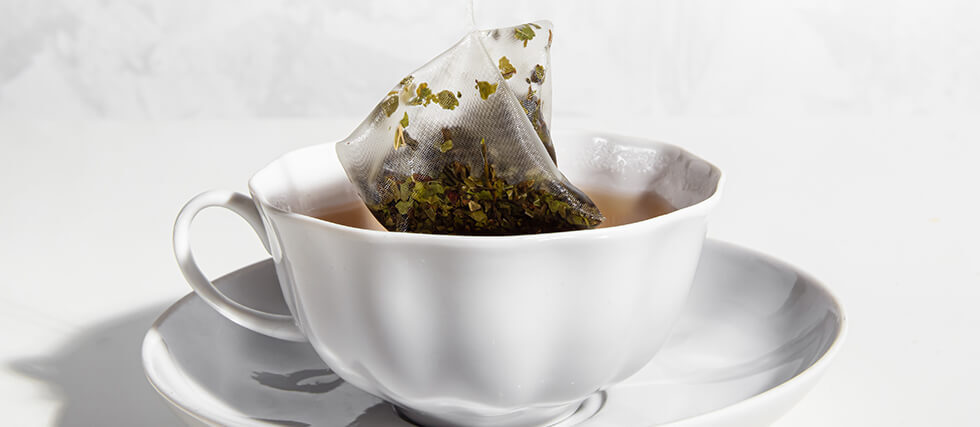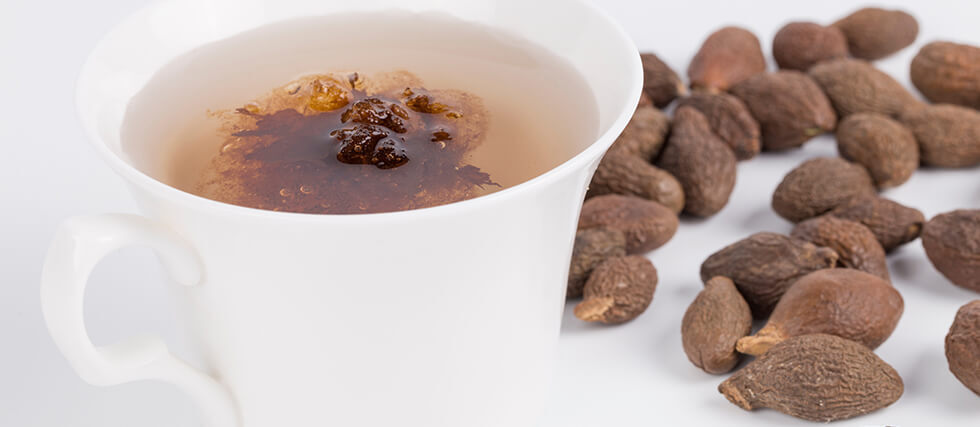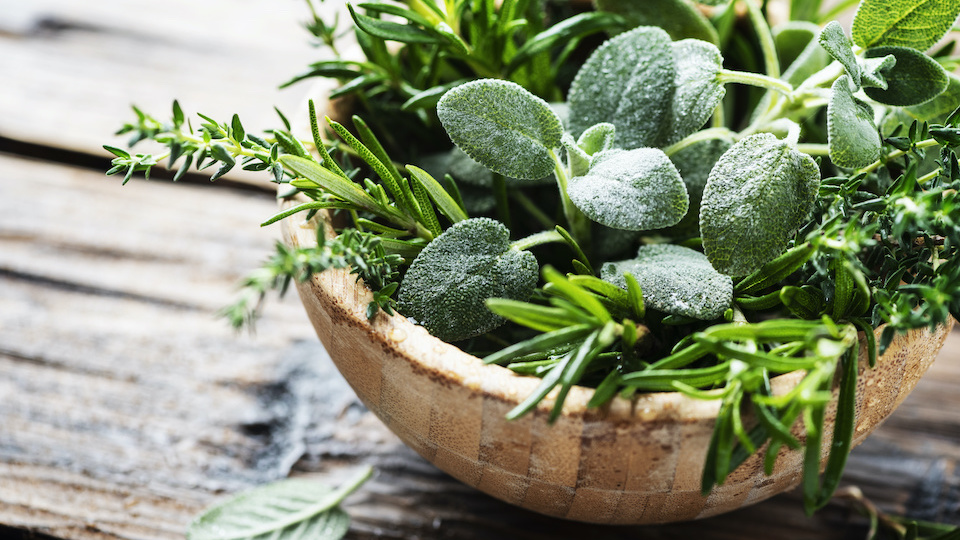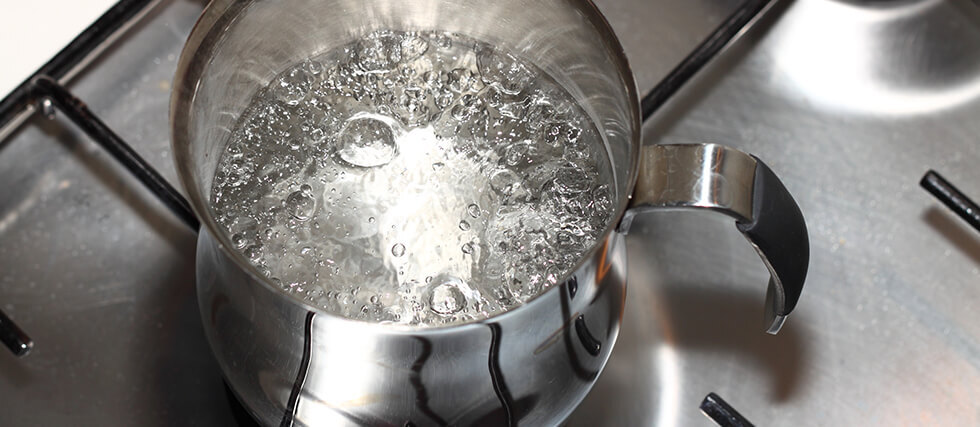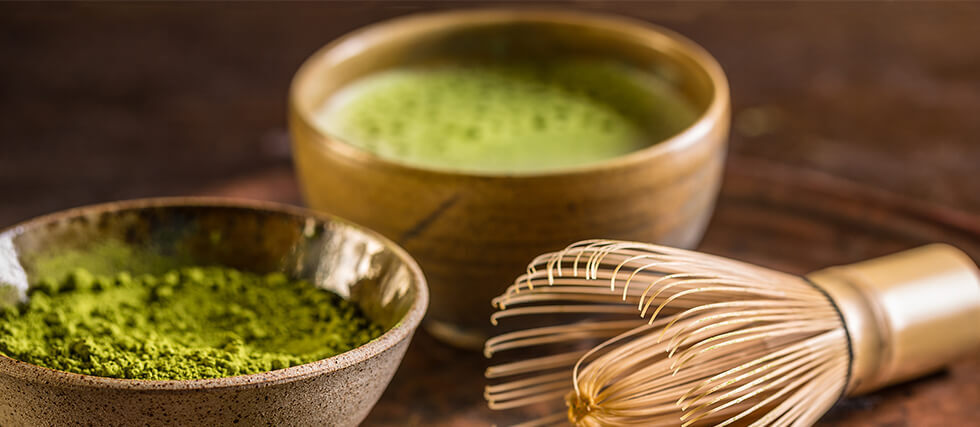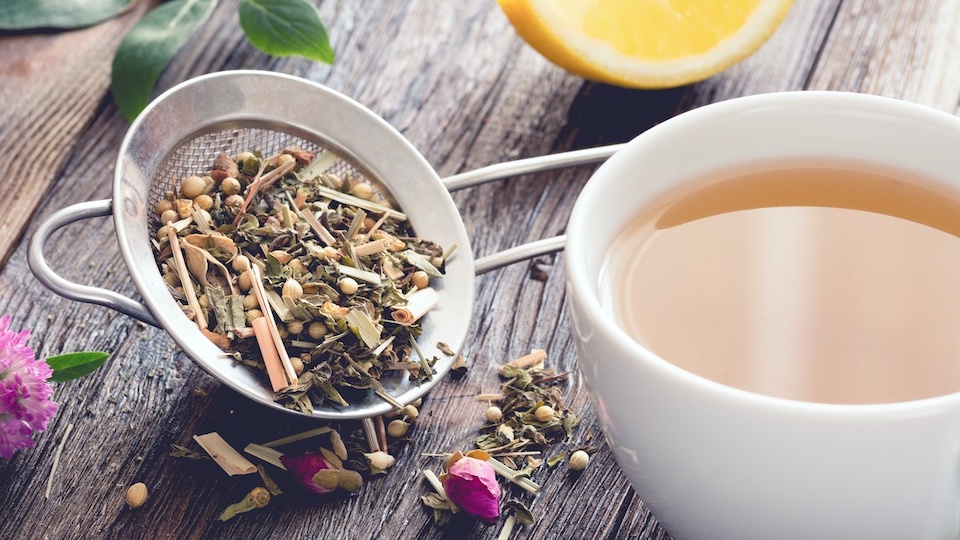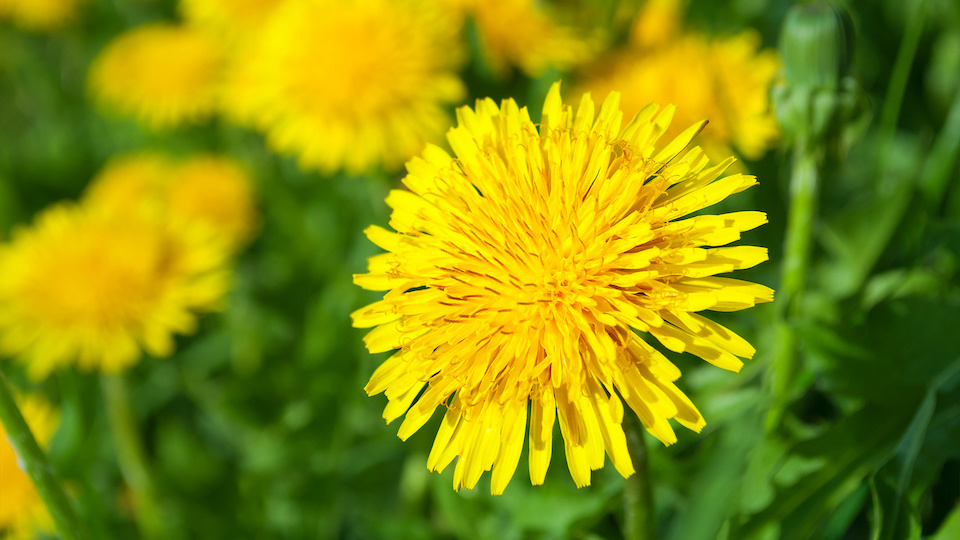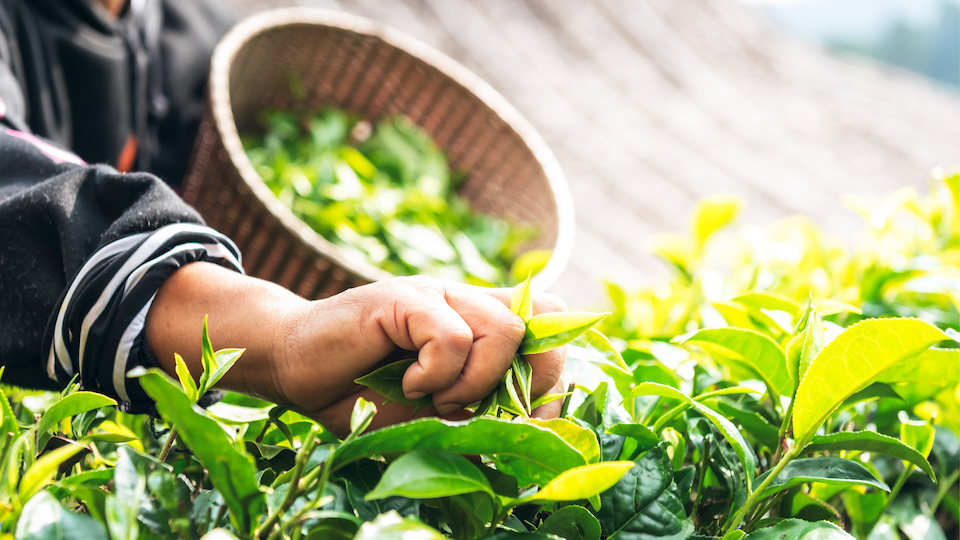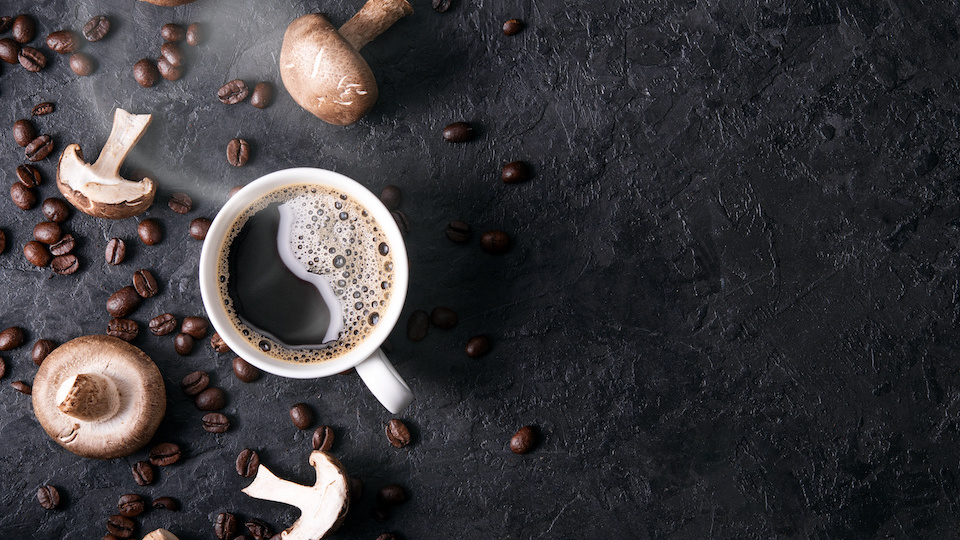Your Tea Bag Might Be Shedding Billions of Microplastics
Your daily cup of tea could be exposing you to billions of tiny plastic particles, according to a November 2024 study in Chemosphere. Researchers tested three types of tea bags and found that brewing tea in polypropylene bags released over a billion microplastic particles per milliliter. Paper-based cellulose and nylon mesh bags shed millions.
“This level of micro and nanoplastics in a consumable product is concerning,” said John Meeker, ScD, CIH, from the University of Michigan. When researchers exposed human intestinal cells to the extracted plastics, the cells absorbed them—suggesting microplastics could persist in the body.
Testing Tea Bags for Microplastic Exposure
This isn’t the first study on the issue. A 2019 Canadian study found nylon tea bags released 11.6 billion microplastics into a single cup. Research in 2023 confirmed that even biodegradable plastics shed microplastics. The latest study found polypropylene tea bags released the most—1.2 billion particles per milliliter—while cellulose paper and nylon bags released 135 million and 8.18 million, respectively.
Heat, water, and even stirring can accelerate plastic leaching. Researchers found that microplastics reached the nucleus of intestinal cells, which houses DNA, raising concerns about long-term health effects.
How to Stay Safe
While the full health impact of microplastics is unclear, experts recommend minimizing exposure. To reduce risk:
- Use loose-leaf tea with a stainless steel infuser.
- Avoid biodegradable plastic tea bags, which can release even more nanoplastics.
- Store food in glass instead of plastic.
- Drink from reusable bottles instead of plastic ones.
Reducing single-use plastics can limit unnecessary exposure while promoting sustainability.


